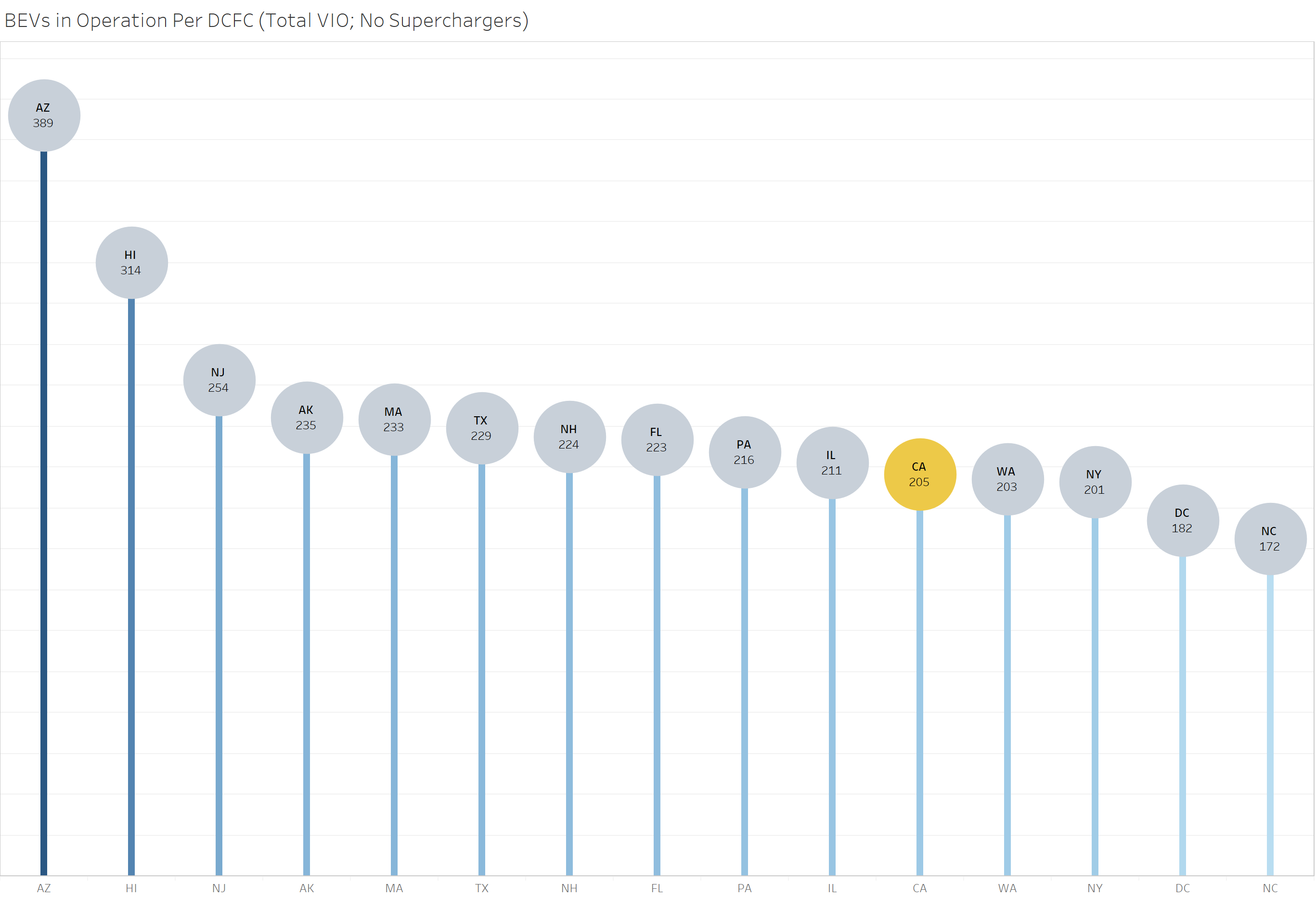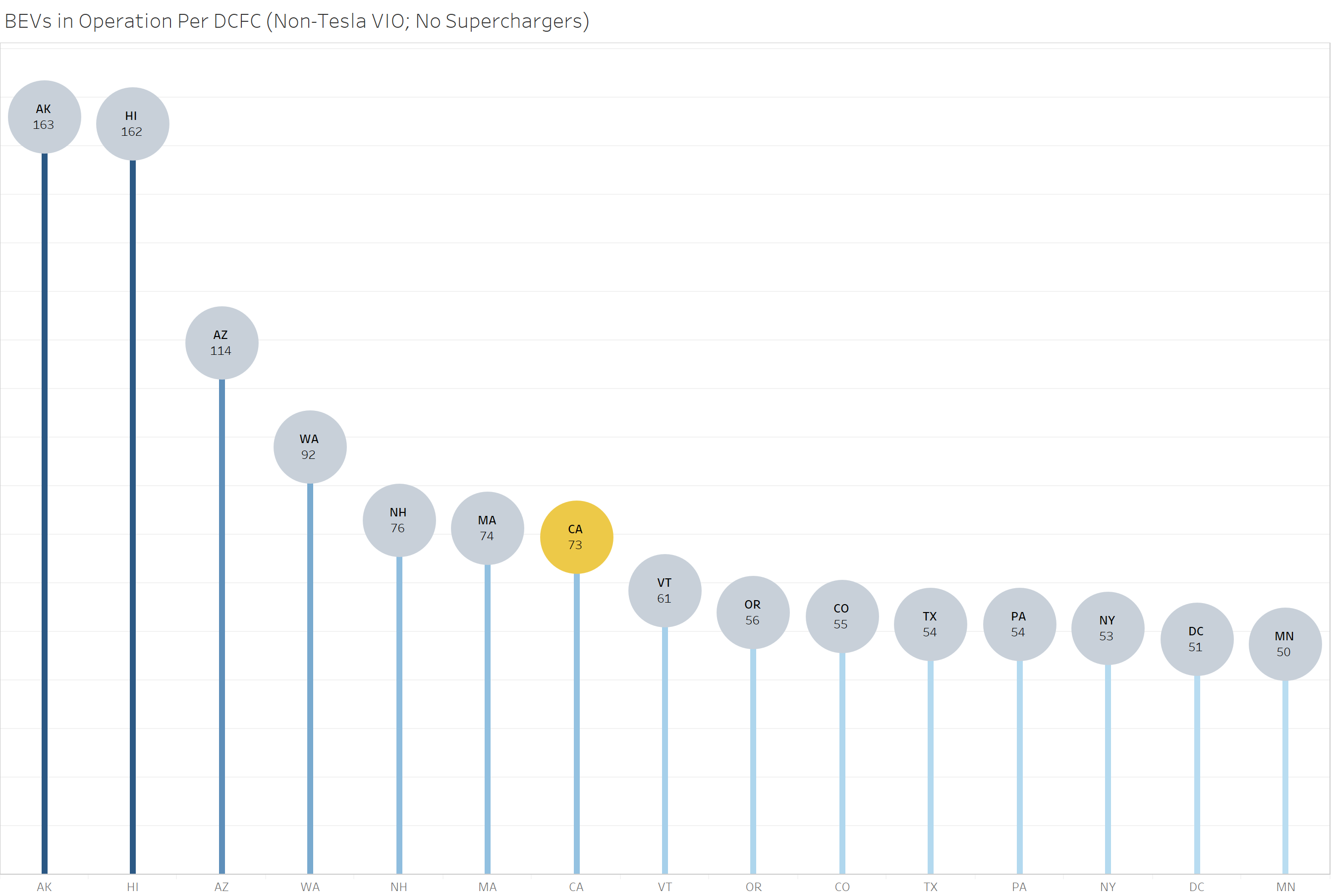
EV Fast Charging Infrastructure: Why Flexible Planning Beats Central Control
EV charging infrastructure development should mirror distributed solar's success rather than following traditional centralized infrastructure planning. Here's why and how:
Key Characteristics of Effective EV Charging Infrastructure:
- Dispersed locations across various settings (rooftops, parking lots, shopping centers)
- Large-scale deployment (similar to 2+ million distributed solar installations)
- Quick implementation (6-month typical deployment)
- Guided by central planning but not rigidly controlled
Problems with Current Central Planning Approaches:
- Over-specification of exact locations
- Rigid distance requirements between chargers
- Focus solely on highway corridors
- One-time planning versus adaptive deployment
Better Approaches for EV Charging Development:
- Community-Based Planning
- Consider both highway and urban needs
- Account for apartment dwellers (30% of Americans)
- Balance traveler and resident requirements
- Include shopping areas with appropriate dwell times (15-30 minutes)
- Flexible Implementation
- Allow for location adjustments based on power availability
- Consider site host partnerships and accessibility
- Focus on user experience and convenience
- Enable adaptation to changing market conditions
- Demand-Based Deployment
- Build infrastructure progressively with market growth
- Current ratio in California: ~200 cars per charger
- Plan for 6-18 month development cycles
- Allow for technological advancement

BEVs per charger by US state

EVgo charging stations with non-Tesla vehicles
Success Factors:
- Flexible guidelines rather than rigid requirements
- Weighted scoring systems for location selection
- Incremental implementation
- Regular program evaluation and adjustment
- Balance between immediate and future needs
By adopting these approaches, states and municipalities can create more effective, user-friendly EV charging networks that grow with demand and serve both local and traveling populations effectively.
